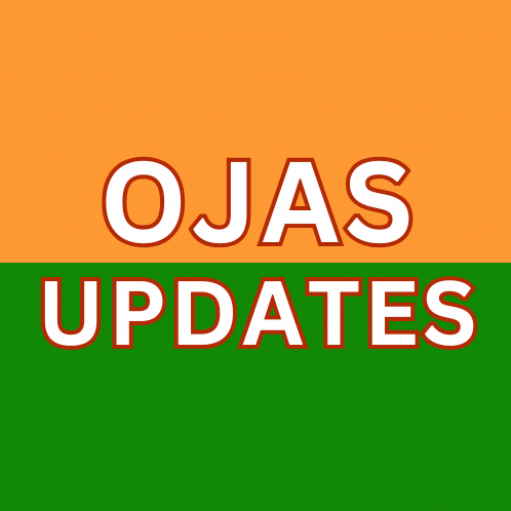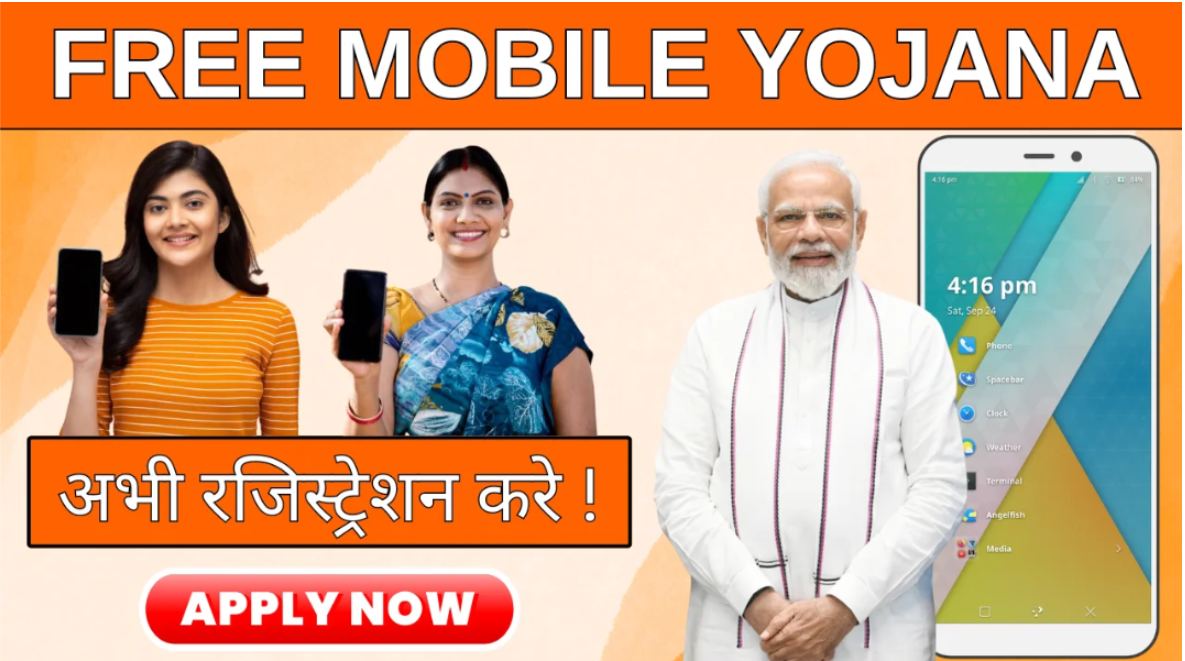In a telecom market dominated by aggressive data bundles and unlimited calls, Vodafone Idea’s (Vi) ₹99 plan stands out as a wallet-friendly option. Designed to help users cling to connectivity without spending much, it offers basic voice and data essentials. But is it truly a budget blessing or a plan with stingy caveats? Let’s dissect this offer and put it under the microscope.
What’s Inside the ₹99 Plan?
As detailed on Vi’s official site, the ₹99 recharge provides:
- ₹99 talktime
- 200 MB of 4G data
- Validity: 15–28 days (circle‑dependent)
- Rate: Calls at 2.5 paise/second; no outgoing SMS included
Originally launched with 28 days’ validity, this plan has been trimmed to 15 days in many circles, including Mumbai, Gujarat, Delhi; Haryana has even discontinued it entirely. Economically, the daily cost jumped from around ₹3.5 to ₹6.6.
Why Is Vi Offering This?
India’s telecom regulator TRAI currently mandates that providers offer a minimum recharge plan for voice + SMS + validity—separate from data-inclusive offers. Vi’s ₹99 plan fits this niche:
- It enables voice connectivity at minimal cost.
- It meets regulatory obligations by including talktime and validity.
- And it keeps low‑income or feature‑phone users in their network, keeping the SIM alive.
However, reducing validity and eliminating outgoing SMS suggests Vi is pivoting away from low‑ARPU users. Shrinking ARPU (average revenue per user) has pressured Vi to optimize revenue through shorter validity on low‑value packs.
The Trade-offs: Real Costs and Inconveniences
1. Short Validity Stings
If your circle has 15‑day validity, you must recharge twice a month to stay active. That doubles the hassle and even increases consumption—if you don’t, incoming services get blocked.
A ₹99-plan user lamented on Reddit:
“I forgot to recharge… today I find out both my incoming calls and sms got blocked… I just have one phone number… now I have to recharge a higher amount than I need…”.
2. No Outgoing SMS
Without SMS benefits, sending messages costs extra. Even OTPs for services like banking or app verification become tricky. Reddit users noted the disconnect:
“why? … you get secondary talktime … but you cannot even use the secondary talktime… that’s creating the porting barrier”.
3. Secondary/Topping Balances
Vi splits talktime into multiple buckets (main vs. secondary balance), each with its own expiry and rules. This adds confusion and may complicate usage .
Who Is It For (and Who Isn’t)?
This plan is most suitable for:
- Feature-phone users who only need calls occasionally.
- People wanting to sustain old phone numbers just for incoming OTPs.
- Thrifty users who prefer basic voice and minimal data.
But it’s less ideal for:
- People sending SMS—they’ll need top-up costs.
- Poorly connected circles, where losing service access can be inconvenient.
How It Compares with Alternatives
- Jio and Airtel no longer offer ₹99 lifetime plans; their cheapest are ₹129.
- Airtel’s ₹99 plan was discontinued in many circles, making Vi’s offer relatively unique.
- BSNL offers low-cost validity plans (e.g. ₹110 for 35 days) that might be better suited for voice-only users.
Is It Transparent Enough?
Some users complain Vi’s plan lacks clarity in terms of validity layering, balance types, and usage limits. The split between “service validity” and actual balance access is confusing without reading the fine print.
Should You Opt for the ₹99 Plan?
📌 Pros:
- Super affordable basic connectivity.
- Keeps your SIM active within regulatory requirements.
- Good backup option if you rarely use calls/data.
⚠️ Cons:
- Short validity forces frequent recharges.
- No SMS benefit—could hinder essential message use.
- Fragmented balance system complicates usage.
Tips for Users Considering It
- Check your circle for actual plan validity (15 vs 28 days).
- Budget for SMS or OTP recharges—it’s a add-on cost.
- Monitor your balance buckets to avoid unexpected expiry.
- Use it as a secondary or backup SIM, not your primary daily driver.
Final Take
Vodafone Idea’s ₹99 plan is a wallet-friendly stopgap in a market of premium plans—but it arrives with caveats. For intermittent users or those maintaining a legacy number, it’s a cost-effective connectivity tool. Yet, its short validity, no outgoing SMS, and layered balance system can trip up even savvy users.
Vi may be tightening its offerings to preserve revenue, but in doing so, they risk losing customers who find the plan more frustrating than freeing. If all you need is occasional voice and minimal data, it’s a solid short-term choice—but only with the right expectations.
Bottom Line
The ₹99 plan is clearly Vi’s strategic tool to hold onto the bottom of the pyramid, offering minimal services at minimal cost. But shrinking validity and stricter conditions are signs that Vi is balancing affordability with a need to shore up ARPU. Whether it’s wise to use depends on your recharge discipline—and patience for the fine print.

